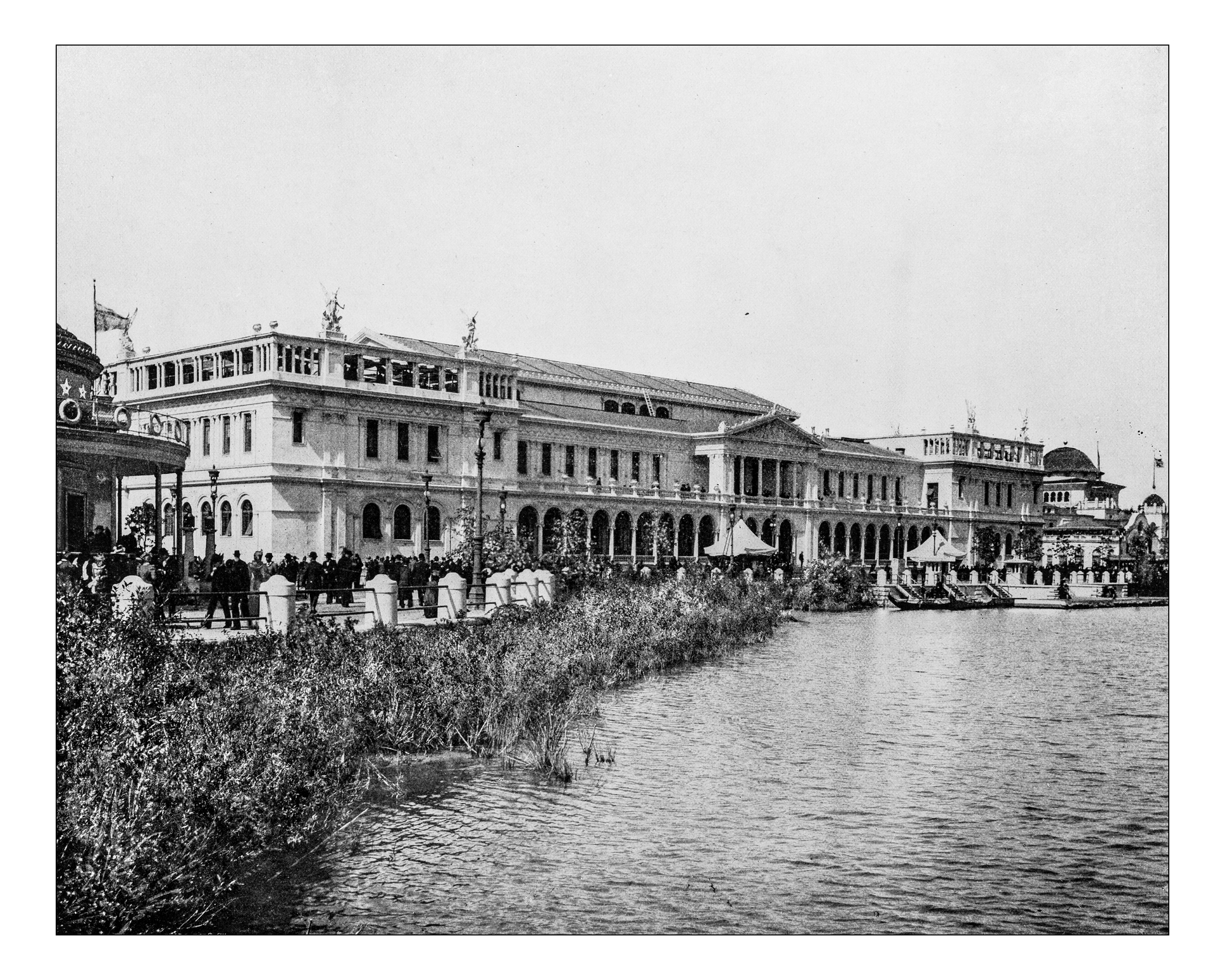The Hidden Figures of Architecture
The history of women in architecture can be traced back to ancient times when women in Egypt were involved in designing and decorating buildings. Among the notable female architects from this era is Queen Hatshepsut, who ruled as Pharaoh in the 15th century BCE. Hatshepsut is renowned for constructing numerous temples and monuments across Egypt, such as the Karnak Temple Complex, Speos Artemidos, the Mortuary Temple of Hatshepsut, and the Red Chapel of Hatshepsut (Chapelle Rouge).


In the 17th century, Lady Elizabeth Wilbraham, often referred to as the first female architect in the U.K., was a well-known designer of large houses when it was not typical for women to pursue this profession. Scholar John Millar believes that Wilbraham was responsible for designing approximately 400 buildings (though no written records confirm this). Among her notable works are Belton House in Lincolnshire, Uppark House in Sussex, and Windsor Guildhall in Berkshire. While her family home, Weston Hall in Staffordshire, is the only building definitively attributed to her, it is worth noting that some of its distinctive architectural features were later replicated at Cliveden House in Buckinghamshire and Buckingham Palace. Additionally, Wilbraham mentored a young Sir, Christopher Wren, collaborating with him on the design of 18 of the 52 London churches he worked on after the Great Fire of London in 1666.
It wasn’t until the 1800s that women began to gain recognition and “respect” as architects, although they faced significant challenges. Many universities and architecture schools refused to admit women, and women were not allowed to join professional organizations such as the Royal Institute of British Architects (RIBA) until the late 19th century. Despite these challenges, many women architects managed to establish successful careers. One example is Sophia Hayden Bennett, who designed the Woman’s Building for the 1893 World Columbian Exposition in Chicago.
Sophia Hayden Bennett significantly impacted the field of architecture during a brief career that produced only one realized building. Her contributions were particularly notable because they came at a time when women were just beginning to establish themselves in the field in the United States.
Bennett’s status as the first woman to earn a degree in architecture from the Massachusetts Institute of Technology (MIT), as well as her work as the architect of the Woman’s Building at the 1893 World’s Columbian Exposition, helped to bring attention to the small group of female architects who were pursuing academic training and to the challenges they faced upon entering the profession. Her achievement in designing the Woman’s Building was particularly notable, as it showcased the work of female artists and writers worldwide and celebrated women’s achievements throughout history. Bennett’s legacy continues to inspire and influence women in architecture today.
Women’s roles in architecture began to change significantly in the 20th century. Female architects started to gain more recognition, and women-led architecture firms emerged. In the 1950s and 1960s, many women architects became involved in the modernist movement, which emphasized functional design and the use of new materials such as concrete and steel. One of the most famous female modernist architects is Eileen Gray, an Irish architect and designer known for her furniture and architectural designs.

Throughout history, there have been many remarkable women architects who have made significant contributions to the field. Here are just a few examples:
- Zaha Hadid: A British architect who was the first woman to receive the Pritzker Architecture Prize in 2004.
- Maya Lin: An American architect known for designing the Vietnam Veterans Memorial in Washington, D.C.
- Lina Bo Bardi: A Brazilian architect who designed several notable buildings, including the São Paulo Museum of Art.
- Marion Mahony Griffin: An American architect and artist who worked alongside Frank Lloyd Wright and contributed significantly to his designs.
- Ray Eames: An American architect and designer who, along with her husband, Charles Eames, designed some of the most iconic furniture pieces of the 20th century.
EAPC Senior Architect Gloria Larsgaard manages the EAPC Minot Office and has been in the architectural field for 27 years. “I find being an Architect an enriching experience on a personal level because every project becomes a little part of you. When working with a client, to offer good solutions for their buildings, one needs to truly understand how they operate and how they execute their job every day. In doing so, we learn to think like a teacher, a nurse, a fire fighter, etc. for a little while and the experience stays with you after the project is done.”
Recently, a growing focus has been on increasing diversity and representation in architecture. Organizations such as Women in Architecture and the AIA Women in Architecture are working to create even more opportunities for women.
“AIA Women in Architecture has a Women’s Leadership Summit. The event focuses on networking, leadership training, business development, gender equity, and personal empowerment. It’s all powered by the AIA community—the largest, most influential network of architecture professionals and allies creating a better world through architecture, relationships, collaboration, opportunities, and belonging,” explained EAPC Architect, Robin Sim who works out of the EAPC Fargo Office.
By celebrating the achievements of women architects and promoting representation in the field, we are encouraging future generations to pursue their dreams and positively impact people’s lives with beautiful, functional, and inspiring designs.
